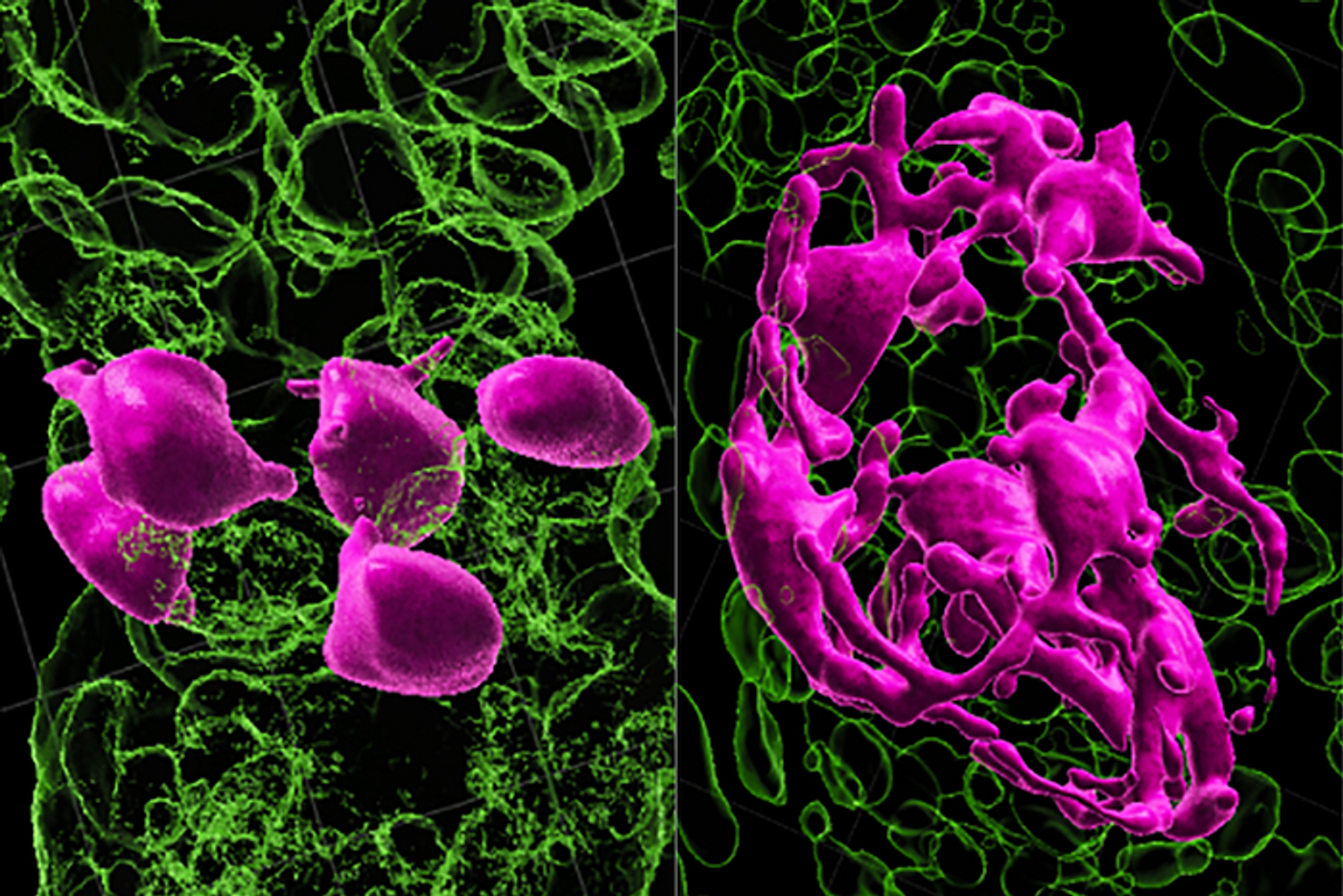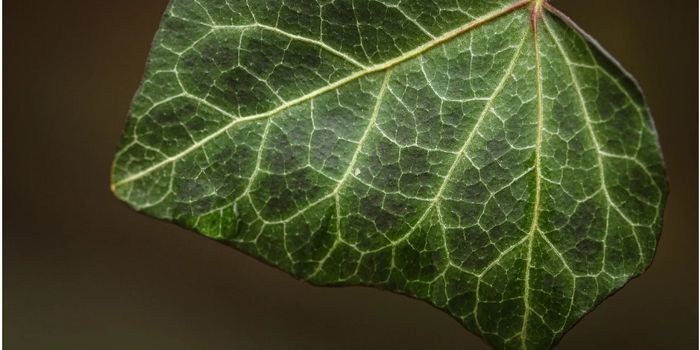Hair Turns Grey When Stem Cells Get Stuck
Stem cells have some amazing capabilities. Some can become any type of cell in the body, and some can move between the different growth compartments found in hair follicles. A new study has suggested that stem cells that migrate in hair follicles can get stuck as we get older; these cells have difficulty maturing, and hair color gets harder to maintain. The findings have been reported in Nature.
In this study, researchers analyzed cells from mouse or human skin called melanocyte stem cells (McSCs). Hair color is maintained by the maturation of a nonfunctional but continuously replenished supply of McSCs, which generate the pigments that create hair color, but only if the McSCs are functioning normally.
This study has shown that McSCs have plasticity. As hair grows, these cells migrate back and forth on a spectrum of maturity while they move between sections of the developing hair follicle. McSCs are exposed to various levels of proteins that affect their maturation within those compartments. These cells may be at their most primitive state or the next phase of maturation depending on where they are.
Throughout life, hair ages, sheds, and grows back in cycles. As this happens, more and more McSCs remain stuck in a stem cell compartment known as the hair follicle bulge. They don't mature into the next state or move back to their original location
The plasticity seen in McSCs is not a characteristic of other stem cells that are capable of self-regeneration; they only move in one direction along a maturity timeline.
Previous work by this group has shown that a biochemical signaling pathway known as Wnt is required for McSC maturation and pigment production. Wnt signals were trillions of times lower in the hair follicle bulge compared to the next section over: the hair germ compartment.
In this research, the scientists found that the hair of aged mice had follicles in which McSCs were stuck in the hair follicle bulge, and the number increased after the hair was plucked and regrew. These cells were exposed to far less Wnt signaling, and were no longer able to regenerate or mature into pigment-producing melanocytes. Hair did continue to grow in the follicles, however.
When McSCs could still move back and forth between the bulge and the germ, they were able to keep regenerating, maturing, and producing pigment for the two-year length of the study.
"These findings suggest that melanocyte stem cell motility and reversible differentiation are key to keeping hair healthy and colored," said study senior investigator Mayumi Ito, PhD, a professor at NYU Langone Health.
Now the researchers are interested in determining whether motility can be restored in McSCs or if they can be physically moved back to their germ compartment to produce additional pigment.
Sources: NYU Langone Health, Nature









